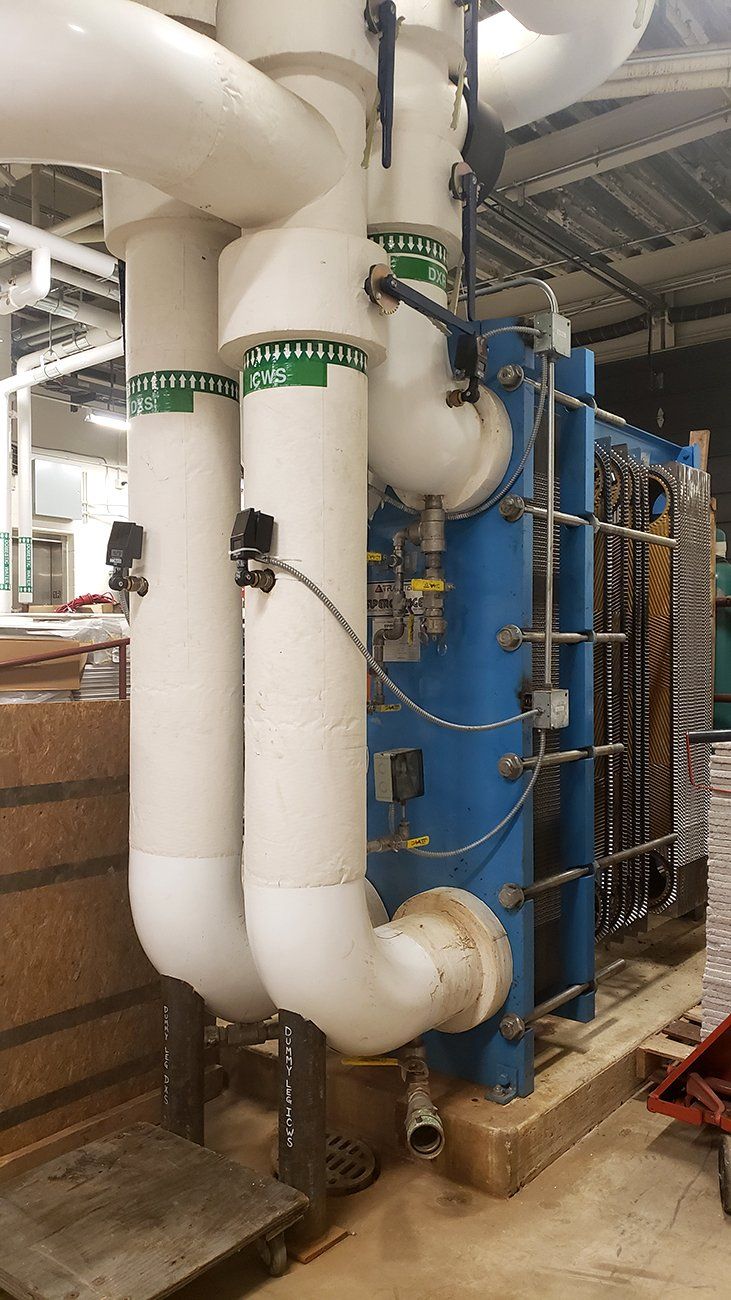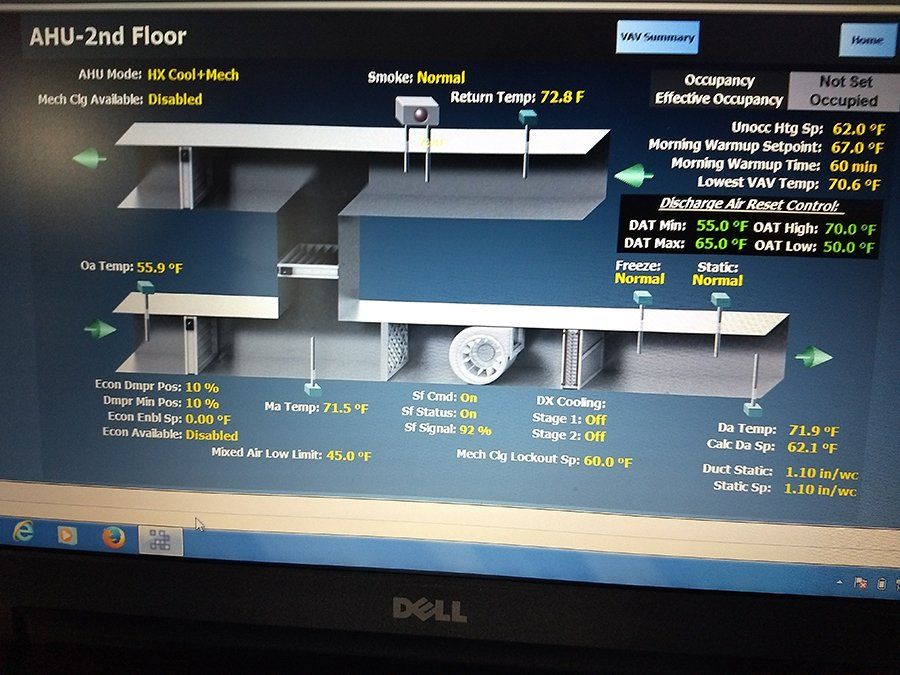HVAC Sheet Metal Fabrication
Most HVAC ductwork is made from sheet metal specifically fabricated for the building and its characteristics.
Here's why sheet metal is important in
HVAC installation.
What is Sheet Metal?
Sheet metal is, as the name suggests, a sheet of metallic materials. It’s a thin sheet that can be formed, cut, and joined to be made into a product such as HVAC ductwork.
Sheet Metal Materials
Sheet metal materials include steel, aluminum, brass, copper, bronze, and magnesium. The choice depends on requirements such as heat resistance, corrosion resistance, durability, and strength.
Sheet metal used in HVAC ductwork is usually made from galvanized steel. Other materials can be used depending on the environment where the HVAC will be installed.
Upgrade Your
HVAC Today!
Experience top-notch rooftop HVAC services with 1 Source Mechanical. Keep your commercial property comfortable and efficient.
Reasons Your HVAC Needs Sheet Metal
Sheet metal is ideal for an HVAC duct. It has a thin but tough and durable wall, and it’s the most practical and cost-effective solution for most HVAC installations.
Insulation
Sheet metal ductwork that’s fitted to its building resists leaks and promotes the best possible airflow. Also, ducts can be easily insulated to increase their efficiency.
Budget Friendly
Properly installed sheet metal ductwork minimizes energy usage. It’s a durable product that resists water and rust and can serve you for a long time. It’s easy to fabricate new parts to repair or upgrade an HVAC system, which minimizes maintenance expenses.
Customizable
Sheet metal fabricators can design and create exact shapes and sizes for any HVAC project. It’s not difficult to match the existing ducts any time you need to expand or upgrade the system.
Fabrication Process
Fabrication turns metal sheets into a useful product or structure. The result can be as basic as a metal tray or as complex as a large ductwork system.
Sheet metal fabrication consists of forming sheets into desired shapes, cutting the shapes to size, and joining sheets with welding, brazing, riveting, or adhesives.
Fabrication Process for HVAC Sheet Metal
HVAC sheet metal fabrication involves designing the system, choosing the material, and constructing the actual ducts.
Duct Design
The first step is detailing, creating drawings that show how the ductwork will be attached to the building’s structural elements. This shows how the metal will be fabricated. Designers must consider airflow characteristics such as density and pressure. They specify the ideal duct shapes and materials.
Choosing Material
Zinc-coated galvanized steel is most commonly used for supply, return, and exhaust ductwork. Alternatives for special conditions include aluminum, stainless steel, black iron, carbon steel, and copper.
Deciding and Executing Technique
Ductwork construction differs based on the shapes and types of joints and seams. Spiral construction involves cut strips that are coiled and welded. Round and oval ductwork is cut to dimension and shaped, then sections are welded to form a continuous duct. Rectangular sides are formed separately and then joined.
Where We Serve
Looking for commercial HVAC services? 1 Source Mechanical has offices in DeKalb and Oak Brook to serve you. Our wide service area covers much of northern Illinois, from Chicago to Dixon, Rockport to Marseilles, and everywhere in between.
If you don't see your city, simply
reach out to us! There's a great
chance that we cover your area, too.
Other Services We Provide!
Let's talk about your HVAC needs:
HVAC Page Contact Form
We will get back to you as soon as possible
Please try again later




